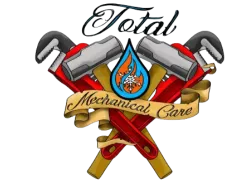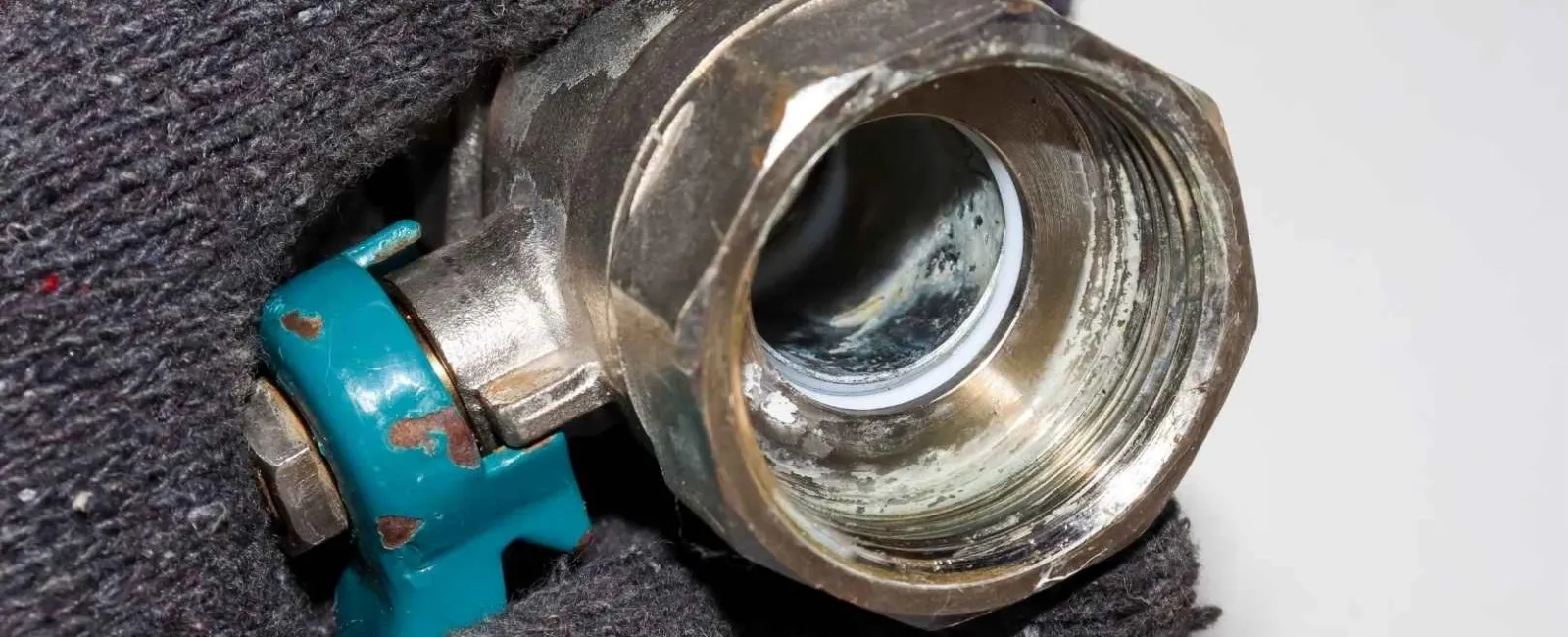July 10, 2025
Backflow is the unwanted reversal of water flow in your plumbing system, which poses serious risks to your drinking water. Whether you're a homeowner or managing a commercial property, understanding how a backflow prevention device works and why it matters is essential to protecting your water supply.
What Is Backflow and Why Does It Happen?
The term backflow refers to water flowing in the opposite direction than intended. Instead of clean, treated water moving from the public water supply into your home or business, contaminated water flows backward into the system. This can carry bacteria, chemicals, pesticides, and even human waste back into the clean water supply.
How Does Backflow Occur?
There are two main causes of backflow:
Backpressure - This happens when downstream pressure exceeds the pressure of the clean water supply. For instance, if a boiler or pump in a building creates more pressure than the incoming water line, it can push contaminated water back into the public system.
Backsiphonage - This occurs when there's a drop in water pressure in the main supply, such as during a water main break or when firefighters open a nearby hydrant. The drop in pressure can suck contaminated water from hoses, irrigation systems, or industrial sites back into the clean supply line.
Why Backflow Prevention Matters
Backflow is more than just a plumbing issue; it's a public health concern. Without proper backflow protection, contaminants like fertilizers, waste, and bacteria can enter your drinking water.
Imagine your garden hose submerged in a bucket of lawn chemicals. Now imagine a sudden drop in water pressure pulling that chemical-laced water back into your home's pipes. Without a backflow prevention device, that water could mix with the water you drink or cook with.
Municipal codes across the U.S. require backflow prevention systems for commercial buildings and some residential properties, especially those with irrigation systems or private wells.
What Is a Backflow Preventer?
A backflow preventer is a specially designed plumbing device that keeps water from reversing flow and contaminating the clean supply. These devices are installed at cross-connections, which are points where potable water meets non-potable sources. They ensure one-way water movement, blocking contaminants from entering your plumbing or the public water system.
Common Types of Backflow Prevention Devices
There are several types of backflow prevention devices, each suited for different applications. Here are the most common:
Atmospheric Vacuum Breaker (AVB): Typically used in residential irrigation systems, these devices prevent backsiphonage but are not effective against backpressure.
Pressure Vacuum Breaker (PVB): Used in sprinkler systems, they are installed above the highest point in the system to protect against backsiphonage.
Double Check Valve Assembly (DCVA): These are used in low-hazard situations and protect against both backpressure and backsiphonage.
Reduced Pressure Zone Assembly (RPZ): The most robust option, offering protection in high-hazard scenarios such as hospitals or chemical plants.
Each backflow system type is designed with unique check valves and air gaps to ensure maximum safety. The choice of device depends on the specific needs of the property and the potential contamination risks.
How Does a Backflow Preventer Work?
To understand how a backflow preventer works, picture a one-way gate that lets water in but blocks it from coming back out. Most backflow prevention devices contain check valves that only open in one direction. When water tries to reverse flow due to a pressure change, the valves close, preventing contamination.
For example, in a double-check valve assembly, water flows through two spring-loaded check valves. If either one fails, the other provides a second layer of defense. In an RPZ backflow system, an additional relief valve opens to discharge contaminated water if pressure conditions become unsafe.
These systems are designed to be low-maintenance but must be tested annually to ensure proper functionality. At Total Mechanical Care, our team is certified to install, inspect, and maintain all types of backflow devices in accordance with local plumbing codes.
Do You Need a Backflow Prevention System?
If your property has any of the following, you likely need backflow protection:
A lawn irrigation system
A fire sprinkler system
A private well
A swimming pool or hot tub
A boiler or radiant heating system
A connection to an industrial or chemical process
Even if you're unsure whether your setup requires a backflow prevention device, it's better to err on the side of caution. A single contamination incident can pose serious health risks and result in costly cleanup and penalties.
Backflow Testing and Maintenance: Why It's Crucial
Once a backflow system is in place, regular inspection and testing are legally required in many municipalities. In Georgia and across the U.S., annual backflow testing is often mandated for commercial properties and recommended for residential homes with irrigation or well systems.
Certified plumbing professionals use special test kits to ensure the device is operating correctly. They'll check for pressure loss, stuck valves, and worn-out components. If a problem is detected, prompt repair or replacement is crucial.
At Total Mechanical Care, we provide thorough, reliable testing and documentation to ensure compliance with local regulations.
Real-World Example: A Costly Lesson in Backflow
Let's say a restaurant has a soda fountain connected directly to the water line without a backflow preventer. One day, the carbonator malfunctions, and the syrup-water mix is pulled into the main line due to a pressure drop. That contaminated water could end up in neighboring businesses' sinks, ice machines, or dishwashers.
Not only is this a health violation, but it could lead to lawsuits, loss of reputation, and hefty fines. All of this could have been avoided with a simple backflow prevention device.
Backflow Protection Starts with the Right Partner
Knowing what backflow is and how it affects your property is only the beginning. Protecting your water supply means having a reliable team that understands plumbing codes, device requirements, and system design.
That's where Total Mechanical Care comes in. Our licensed professionals bring years of hands-on experience in backflow prevention and repair for both residential and commercial properties. Whether you need a new backflow system installed or an old preventer replaced, we can handle it.
Protect Your Water Supply with Total Mechanical Care
At Total Mechanical Care, we specialize in backflow services that go beyond the basics. From identifying risks to installing code-compliant backflow prevention systems, our licensed plumbers make the process easy and efficient.
Don't wait for a contamination scare to act. Let us help you stay protected, compliant, and confident in your water quality.
Contact Total Mechanical Care today to schedule a backflow inspection or learn more about our backflow prevention services.

